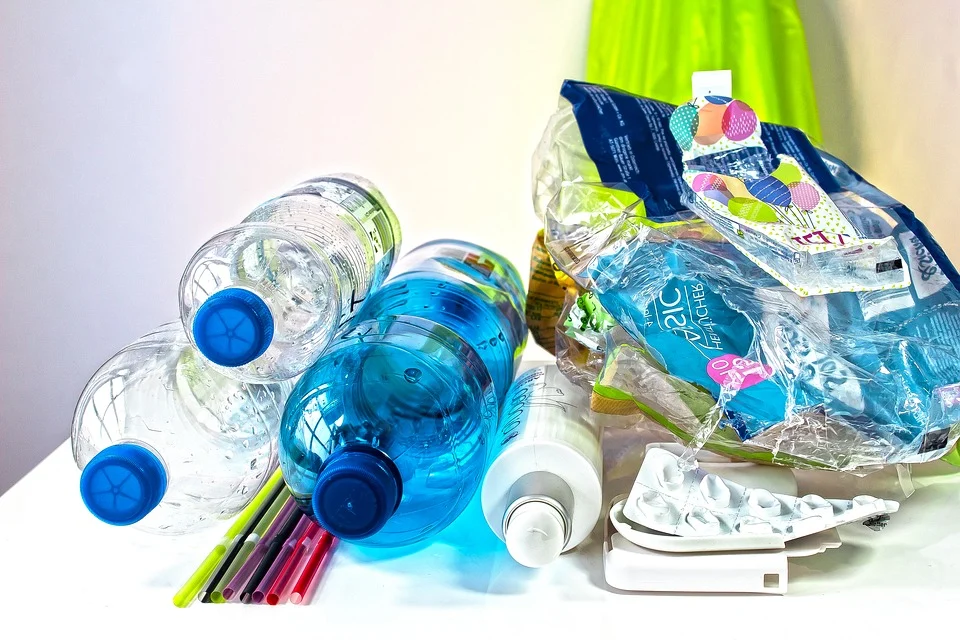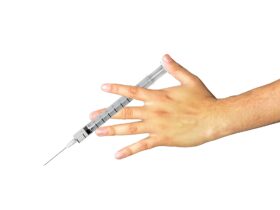Microplastics have been discovered in the human bloodstream for the very first time, according to new research. Samples taken from 22 healthful participants were studied by the researchers. Microplastics with a measurable mass were detected in 17 of the tests, accounting for roughly 80% of the patients tested. Plastics often seen in containers of packaged food, including plastic bags, were among the materials tested.
Plastics such as PET, which is often utilized in soft drink bottles, were found half of the test samples. Polystyrene, which is used in the packaging of foods, was identified in 36 % of the tests, whereas polyethylene, which is used in the production of plastic bags, was identified in 23 %. PMMA was found in five percent of the samples tested.
These nanoparticles, which are documented to be absorbed by food, drink, and air, had formerly been detected in the stools of newborns and grownups, but this was the first instance they had been identified in the human bloodstream, according to the findings of this study.
In recent years, researchers have repeatedly expressed concern about the possible medical consequences of microplastics, both in people and in animals. These polymers may include compounds that have been shown to imitate our biological hormones, making them potentially much more hazardous or disrupting for youngsters to be exposed to. In addition, some investigations have revealed that the buildup of polymers may have the potential to cause direct damage to human cells.
While acknowledging that their conclusions are predicated on a limited sample number, the scientists also point out that other research groups are already preparing bigger investigations to corroborate their discoveries. There’s also a great deal of diversity in the amount of plastic that might be discovered in people’s blood samples.
The findings were published in the journal Environment International.















Leave a Reply